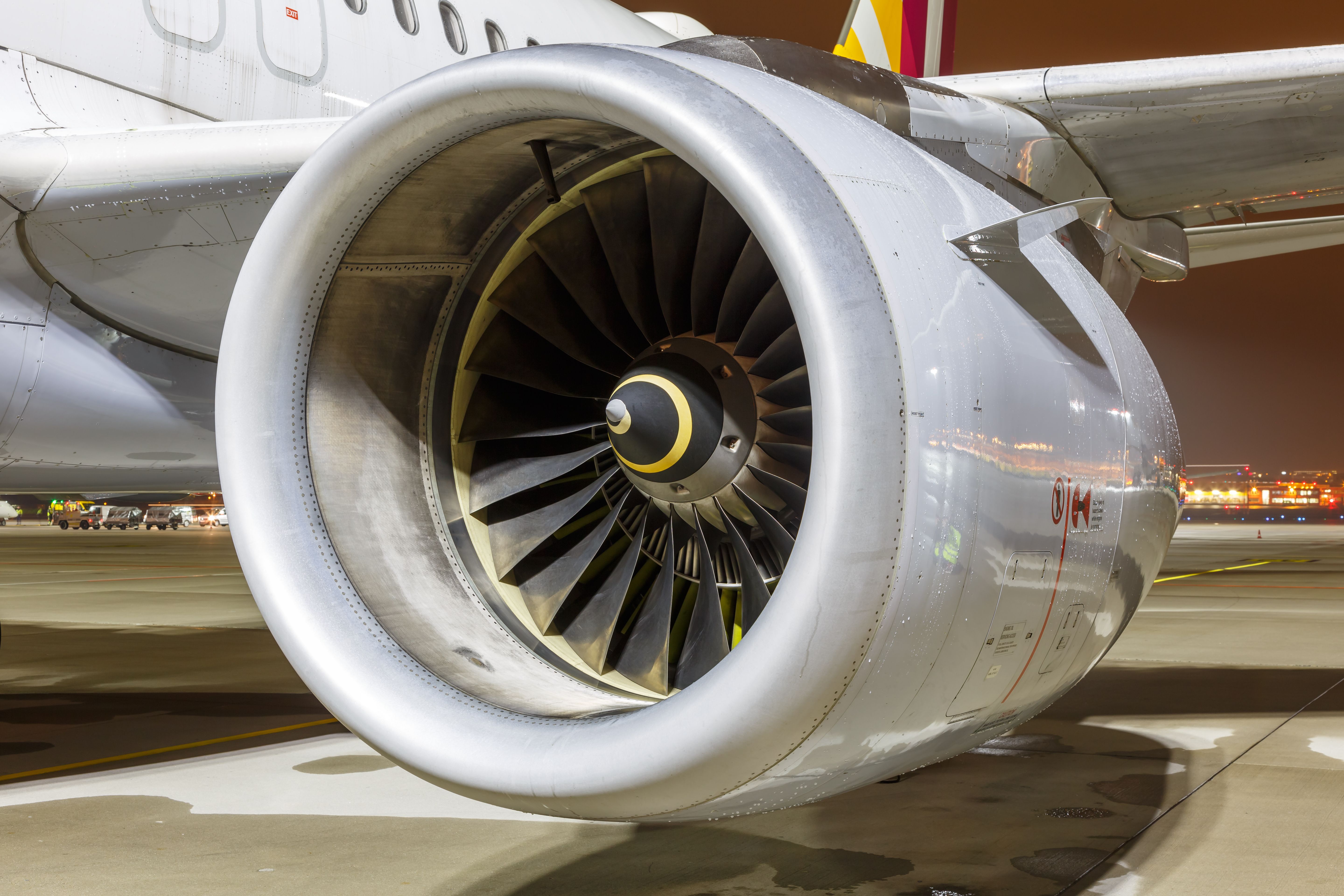Have you ever wondered how pilots start an aircraft? In particular, how they power up the jet engines efficiently and safely? This article takes a look at the procedure for this on modern jet planes.
Powering up the aircraft
Starting up a jet aircraft is, of course, more complex than starting a car. You don’t just turn a key and start the engine. In fact, there is no key involved at all. Still, there is a similarity in that the first step to starting the engine is to get power via a smaller ‘starter engine.’
First, aircraft systems are powered up using ground power or internal battery power. This will start up most of the key aircraft instruments, systems, lights, and communications but is not used directly to start the engines.
Get the latest aviation news straight to your inbox: Sign up for our newsletters today.
Getting the blades turning
When starting a jet engine, there must be sufficient airflow through the engine before fuel is introduced. If not, then starting combustion too early can damage the engine through overheating. So before fuel is introduced, another method must be used to start to spin the blades and generate airflow.
On most large commercial jets, power will be used to start the Auxillary Power Unit (APU). This is a separate power unit contained in the tail of the aircraft.
The APU is essentially a small turbine engine that generates high-pressure compressor bleed air. This air is used to spin the main engine turbine blades.
Starting the engines
The engines will be started one at a time. Once the blades on the first engine to be started are spinning sufficiently, it will be started. Fuel is sent to the engine and ignited. Each engine usually has two ignition units, which generate a high-voltage ignition spark (much like a spark plug in a piston engine), which ignites the fuel and air mixture.
Pressure then builds up to further spin the engine, and once it reaches its idle power speed, the supply from the APU is removed.
The second engine (and third and fourth engines for some aircraft) are then started in turn. These can either be started the same way using the APU or by using high-pressure air from the already-started engine. This is known as ‘cross bleed’ and is also a technique used for re-starting a failed engine.
Get all the latest aviation news right here on Simple Flying.
Variations and older aircraft
As an alternative to the APU, some jet aircraft use a Jet Fuel Starter (JFS), or even direct battery power to initially spin the blades. The JFS is, like the APU, a separate turbine that generates compressor bleed air to start the main engine, which is directly connected to the engine. These are still found on some smaller jet aircraft and older engine models.
It is also possible, with some engines, to start from a ground-based source. High-pressure air can be provided from a mobile cart to help start the engines.
Simple Flying author and Airbus pilot Mohamed Anas Maaz previously shared the following about engine startup procedures:
"When the APU is unserviceable or not available, a ground start unit can be hooked up to the aircraft. A long pipe from the start unit is connected to the adapter, which supplies the air from the unit to the engines. When this method is used, pilots start one of their engines at the gate with the start unit. Once the engine is running it is disconnected from the aircraft. Then the air from the fired-up engine can be diverted through a cross-bleed valve to start up the remaining engine(s). This type of starting is called a cross-bleed start."
Thus, crews have all angles covered when it comes to starting an aircraft. There is a solution for even the most tricky situations across the continents.
What are your thoughts about how engines are started? What do you make of the overall factors involved across the industry? Let us know what you think in the comment section.

